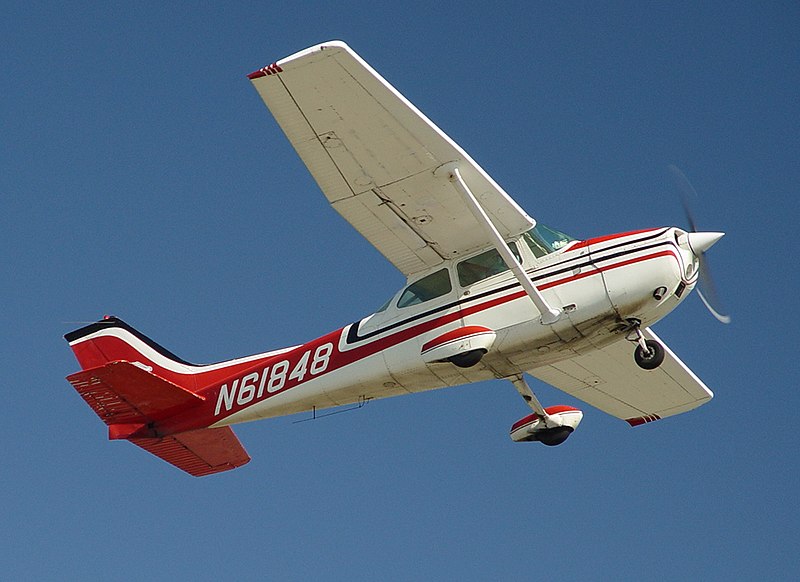Aviation, Liability Law, and Moral Hazard

In 1994, however, Congress passed GARA, the General Aviation Revitalization Act. GARA said that small airplane manufacturers could not be held liable for accidents involving aircraft more than 18 years old. When it was passed a huge stock of potential liability claims were lifted from the manufacturers and the industry was indeed revitalized. GARA also provided an interesting test of moral hazard theory. Usually, when liability is moved from producers to consumers, both the producers and the consumers adjust; the product changes and so does behavior, so it is difficult to parse out the effect of moral hazard alone. In the case of GARA, however, liability was lifted from the manufacturers on planes that they had produced decades earlier and no longer controlled so we can isolate the influence of the liability change on the consumers of aircraft.
My latest paper (with Eric Helland) just appeared in the JLE. We use the exemption at age 18 to estimate the impact of tort liability on accidents as well as on a wide variety of behaviors and safety investments by pilots and owners. Our estimates show that the end of manufacturers’ liability for aircraft was associated with a significant (on the order of 13.6 percent) reduction in the probability of an accident. The evidence suggests that modest decreases in the amount and nature of flying were largely responsible. After GARA, for example, aircraft owners and pilots retired older aircraft, took fewer night flights, and invested more in a variety of safety procedures and precautions, such as wearing seat belts and filing flight plans. Minor and major accidents not involving mechanical failure—those more likely to be under the control of the pilot—declined notably.
GARA thus appears to be a win-win because it revitalized the industry and increased safety. The latter came, in a sense, at the expense of the pilots and owners who now bore a greater liability burden but they were the least cost avoiders of accidents. Moreover, the pilots and owners of small aircraft were big supporters of GARA thus suggesting strongly that prior to GARA liability law for aircraft had been inefficient and destructive.